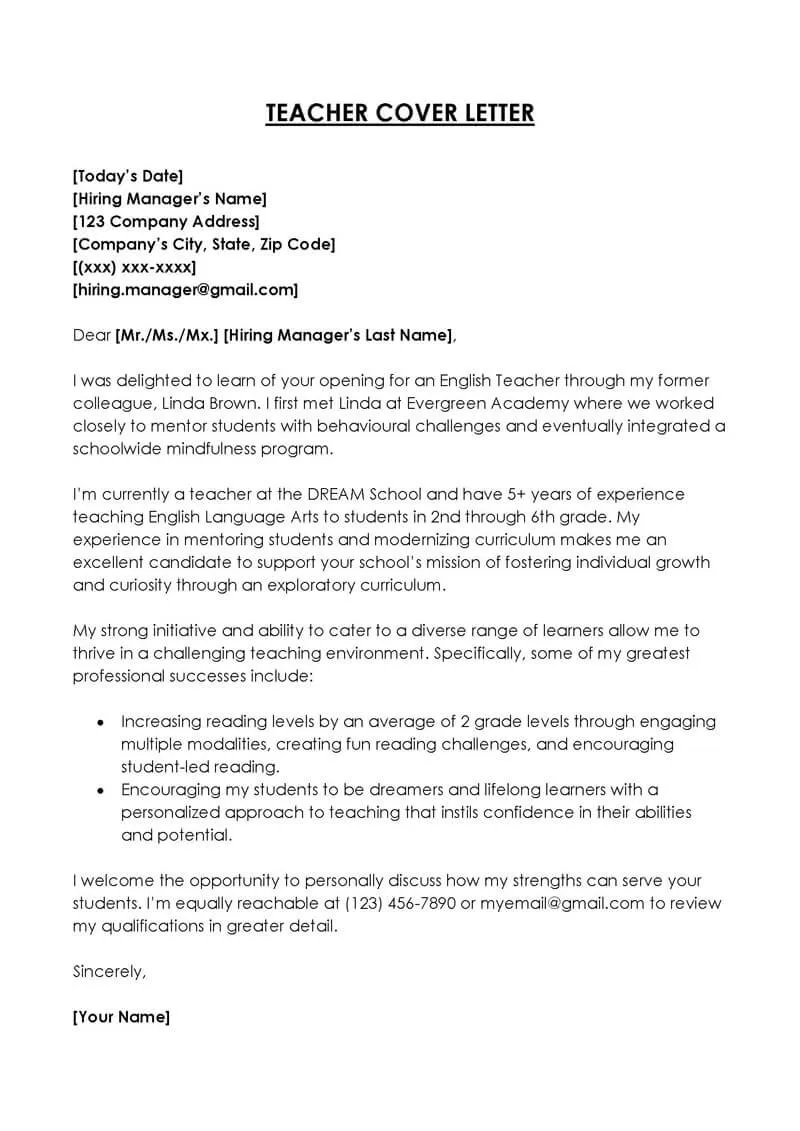Understanding the Purpose of a Teaching Cover Letter
A teaching cover letter is more than just a formality; it’s your first chance to make a strong impression and persuade a hiring committee that you’re the right fit for their school. It serves as a vital introduction, offering a glimpse into your personality, skills, and passion for education. This document provides an opportunity to showcase your unique qualifications and connect with the school’s values and mission. A well-crafted cover letter can set you apart from other applicants and increase your chances of landing an interview. Think of it as your personal marketing tool, designed to highlight your strengths and demonstrate your enthusiasm for the role.
Key Components of a Strong Teaching Cover Letter
To write a winning cover letter, you must include several essential elements. These components work together to create a compelling narrative that captures the attention of the hiring committee. Each section plays a critical role in showcasing your suitability for the position and reflecting your commitment to the teaching profession. From the header to the closing, every aspect should be carefully considered and tailored to the specific requirements of the role and the school’s culture.
Header of Cover Letter
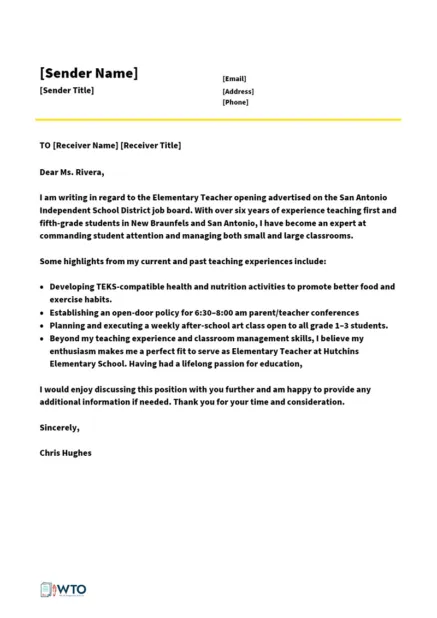
The header is the first element of your cover letter, containing essential contact information. Ensure it is clear, professional, and easy to read. It establishes your identity and provides the means for the hiring manager to reach you. Accuracy and attention to detail in this section are critical to ensure that potential employers can easily contact you.
Your Contact Information
Include your full name, address, phone number, and professional email address. Make sure your email address sounds professional. Avoid using nicknames or unprofessional language in your email address. Your phone number should be one you frequently check for updates. These details allow the hiring manager to immediately contact you for an interview.
The Recipient’s Contact Information
Always address the letter to a specific person, ideally the hiring manager or principal. Research their name and title. Include their title, school name, and address. This demonstrates that you have taken the time to research the position and the school, showing your genuine interest and attention to detail. Addressing the recipient by name adds a personal touch.
Greeting the Hiring Manager
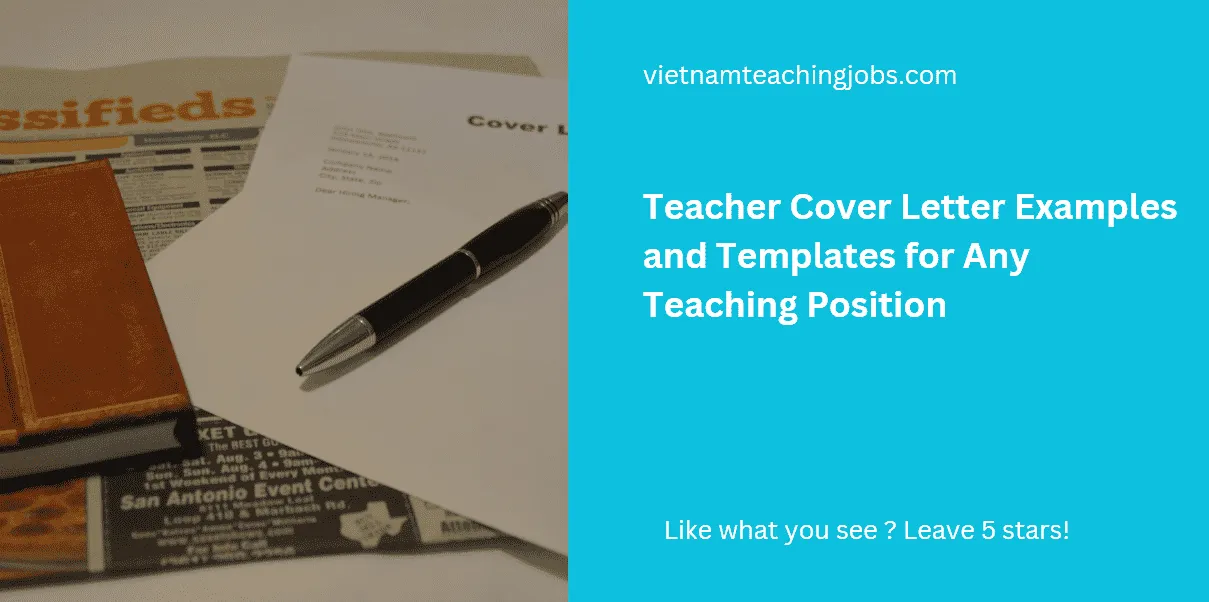
Start your cover letter with a professional greeting. Use ‘Dear Mr./Ms./Mx. [Last Name]’ if you know the recipient’s name. If not, use a general greeting, such as ‘Dear Hiring Committee’ or ‘Dear Principal’. Avoid generic greetings that might make your letter seem less personal. The greeting sets the tone of the entire letter and should be respectful and appropriate for the school’s culture.
Body Paragraph 1 Grab Their Attention
The first paragraph is your chance to hook the reader. State the position you are applying for and where you saw the advertisement. Briefly mention something that immediately grabs their attention, like your passion for teaching, a relevant achievement, or your alignment with the school’s mission. Clearly stating the position and showing enthusiasm creates a positive first impression and encourages the reader to continue.
Highlighting Your Passion and Enthusiasm
Use this paragraph to express your passion for teaching. Share what motivates you to be an educator, what you find rewarding, and why you are drawn to teaching. Use vivid language and examples to convey your commitment to your students’ success and well-being. Show the hiring committee how much you value the role of a teacher. This helps the reader understand your core motivation and commitment.
Body Paragraph 2 Demonstrate Your Skills and Experience
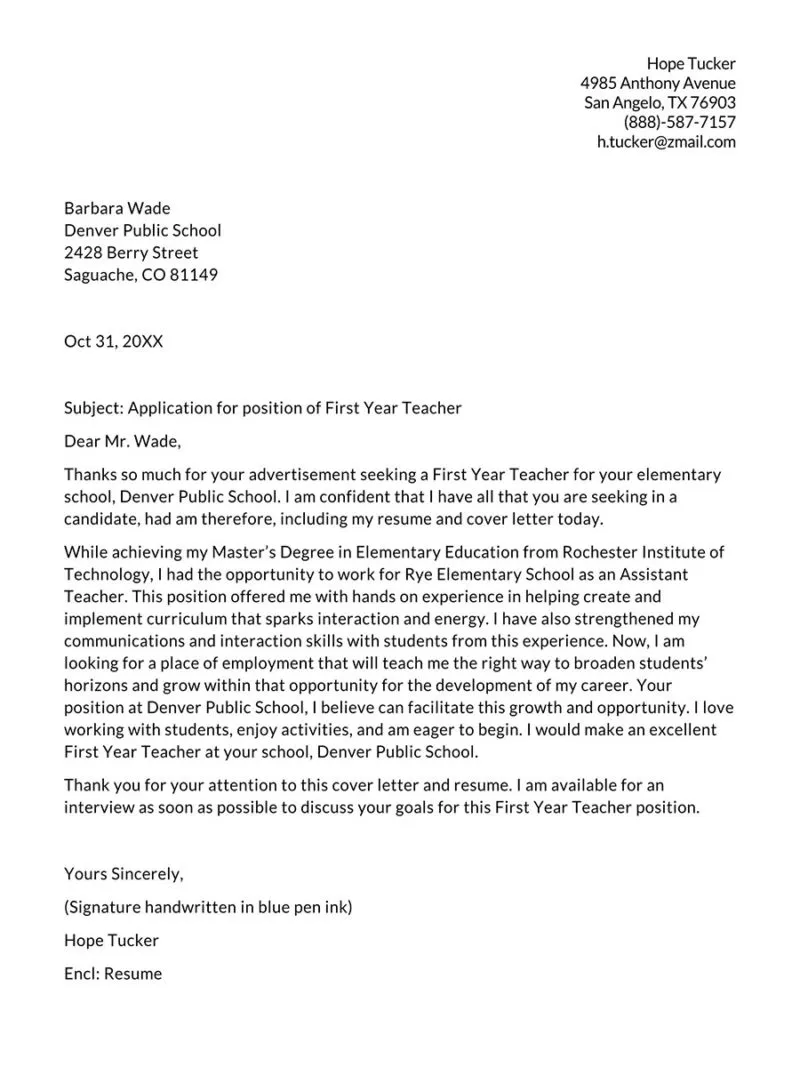
This section should highlight your most relevant skills and experiences. Select a few key achievements and skills that directly relate to the job description. Provide specific examples and quantifiable results to back up your claims. Focus on your ability to make a positive impact on students and contribute to the school’s goals. By providing concrete examples of your past successes, you demonstrate that you’re not only qualified but also effective.
Mentioning Relevant Qualifications
Specify your teaching certifications, degrees, and any specialized training you have. Mention any awards, honors, or recognitions that demonstrate your teaching abilities. Align your qualifications with the requirements listed in the job posting, which is crucial for demonstrating your suitability for the position. Tailoring this part ensures you meet the school’s specific needs.
Showcasing Classroom Management Skills
Describe your classroom management strategies and how you create a positive and engaging learning environment. Mention specific techniques you use to handle difficult situations and create a safe, respectful classroom atmosphere. Illustrate with examples how you ensure that you can maintain order and encourage student participation. By highlighting these skills, you assure that you can effectively manage a classroom and contribute to a successful learning environment.
Providing Evidence of Student Success
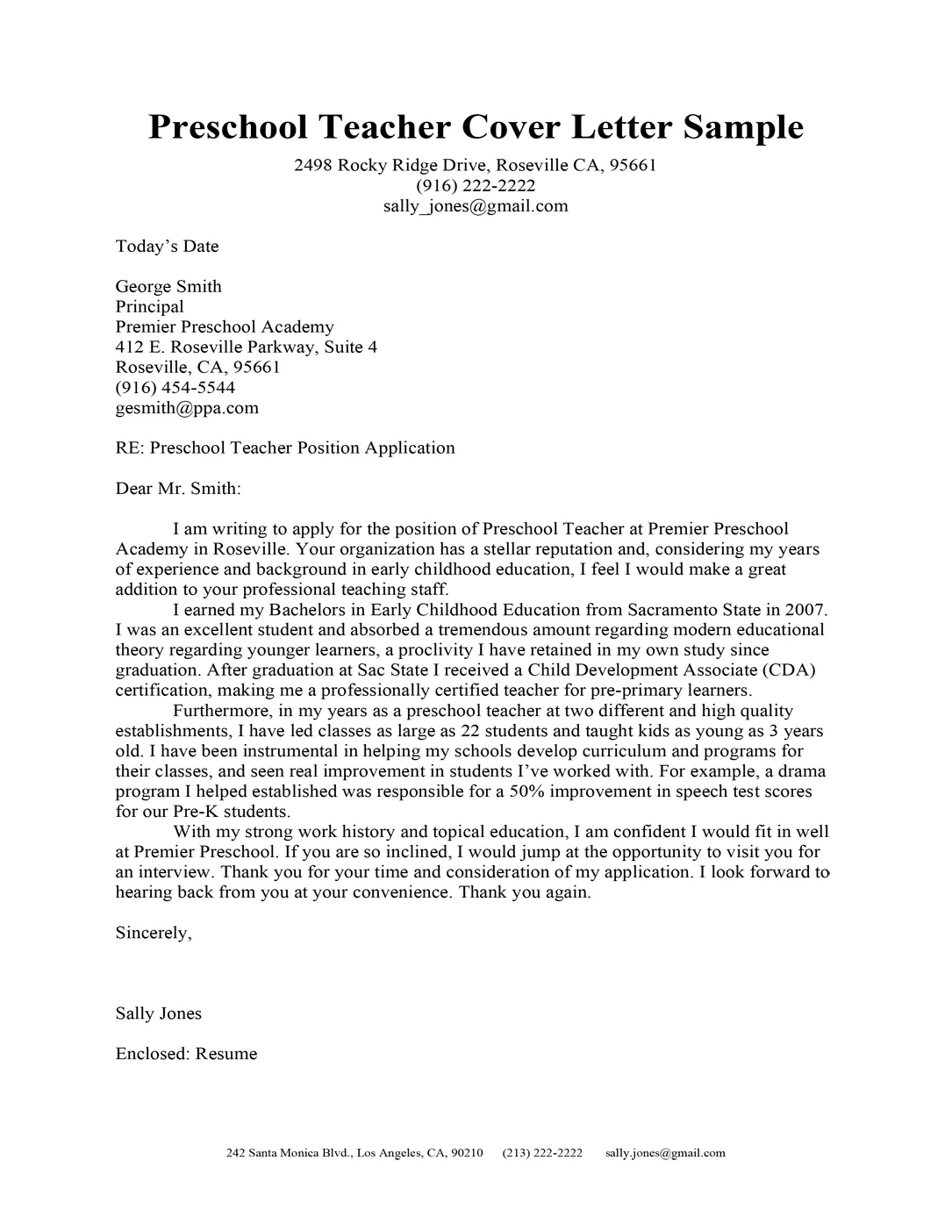
Include any evidence of student success, such as improved test scores, increased student engagement, or positive feedback from parents. Using data to support your claims adds credibility and shows that your methods are effective. Share specific results that clearly illustrate the positive impact you have on student outcomes. These measurable results will highlight your achievements.
Body Paragraph 3 Expressing Your Teaching Philosophy
This paragraph lets you share your teaching philosophy and what drives your approach. Discuss your beliefs about education, your approach to teaching, and how you create a positive learning environment. Explain how your philosophy aligns with the school’s mission and values. This will demonstrate your understanding of teaching and how you see yourself fitting into the school community. Sharing your philosophy helps the hiring committee understand your fundamental approach.
Elaborating on Your Teaching Style
Detail your teaching style, including the methodologies you use to cater to various learning styles. Mention how you incorporate technology, hands-on activities, and collaborative projects into your lessons. Show how you create dynamic and engaging lessons. Show the school how you ensure your teaching aligns with the needs of all students, and how it helps students thrive. Giving specific examples will create a better picture of your abilities.
Explaining Your Approach to Student Engagement
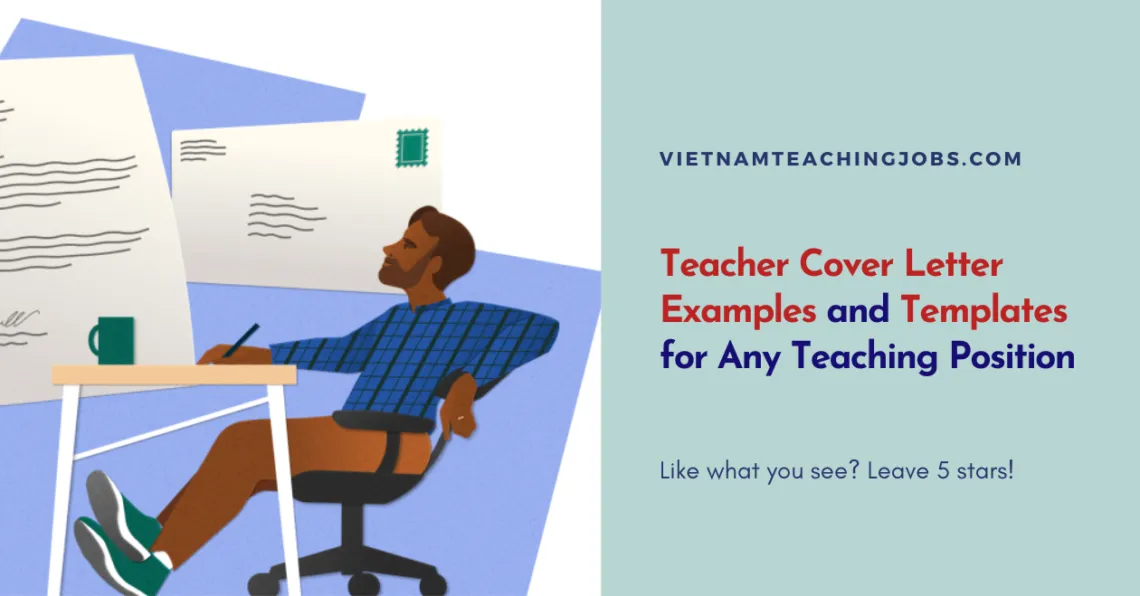
Explain how you promote student engagement and create a positive classroom environment. Describe how you encourage participation and collaboration. Detail how you foster student motivation and build strong relationships with students. Explain how you create inclusive learning environments and foster a sense of community. Focus on showing how you ensure that students are actively involved in their learning journey.
Concluding the Cover Letter
The conclusion should be concise and leave a lasting positive impression. It’s your last chance to highlight your enthusiasm and make a strong closing statement. This section should reinforce your interest in the position and encourage the reader to take action. Ensure your conclusion is professional, enthusiastic, and memorable.
Expressing Your Gratitude
Thank the hiring manager for their time and consideration. Reiterate your interest in the position and express your enthusiasm for the opportunity. This shows respect for their time and reinforces your commitment to the role. This shows respect for the hiring manager’s time and reinforces your commitment to the role.
Call to Action
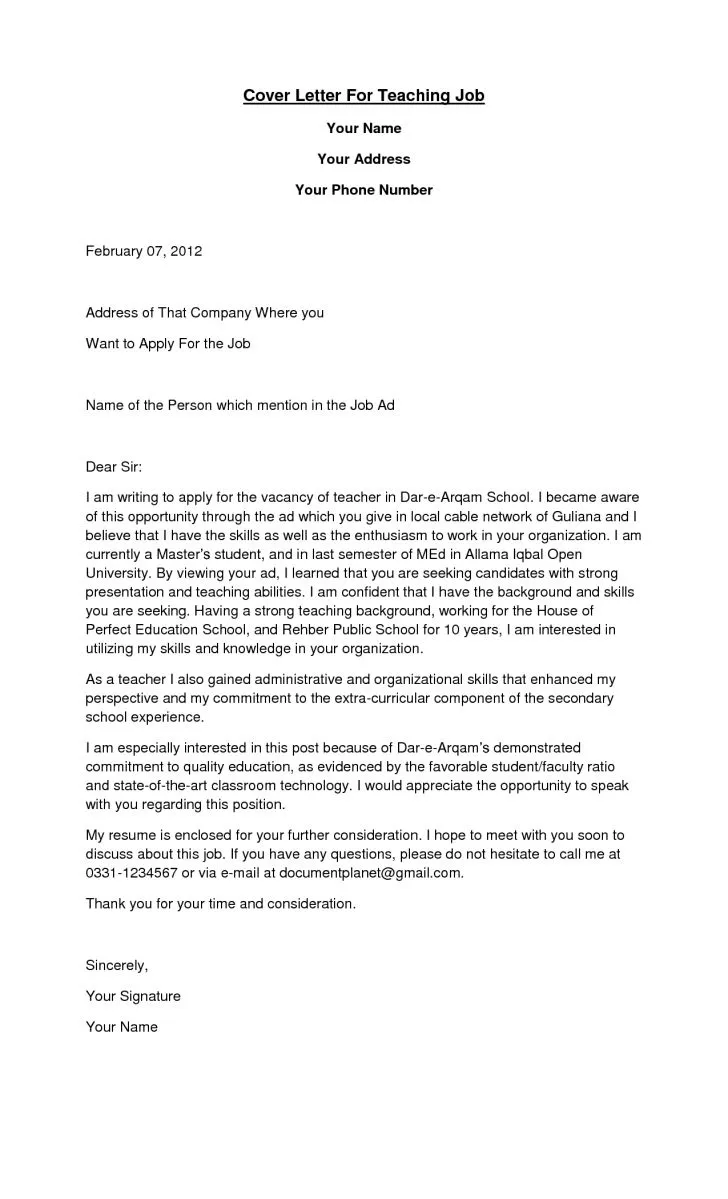
In this section, you can express your availability for an interview and provide contact information. State that you are available for an interview at their convenience. Repeat your contact information, making it easy for the hiring manager to get in touch. This encourages the hiring manager to take the next step and contact you for an interview.
Closing and Signature
Use a professional closing, such as ‘Sincerely’ or ‘Best regards’. Type your full name, and if submitting a hard copy, leave space for your signature above your typed name. A neat and professional sign-off makes your letter complete. This concluding action leaves a professional final impression on the hiring manager.
